Spring is just around the corner, and it's the perfect time to start planning your garden. Whether you're a seasoned gardener or a newcomer to the world of horticulture, the joy of watching your garden flourish is gratifying. However, meticulous spring garden planning is the key to a thriving garden. This guide offers gardening tips, advice on garden layout, and useful suggestions for spring planting to help create a beautiful and productive space. Additionally, we'll introduce you to the Pocket Hose Copper Bullet, an invaluable tool in your gardening arsenal.
Why Plan Your Spring Garden?
Spring is synonymous with new beginnings, making it the ideal time to cultivate your garden. Proper planning ensures that you have a clear vision and strategic approach to achieve the best results. Here’s why spring garden planning is essential:
- Maximizes space: By planning your garden layout, you can make the most of your available space, whether you have a large backyard or a small balcony.
- Enhances productivity: Thoughtful planning helps you choose the right plants and provides optimal conditions for them to thrive.
- Saves time and effort: A clear plan prevents unnecessary work and ensures you concentrate on the most crucial tasks.
- Encourages continuous learning: Each gardening season offers new insights. Reflecting on past successes and failures can guide your future endeavors.
Step-by-Step Guide to Spring Garden Planning
1. Assess your Space
Before diving into planting specifics, evaluate your garden space. Consider factors such as sunlight, soil type, and weather conditions. This assessment will help you determine what plants will flourish in your garden.
- Sunlight: Observe the amount of sunlight different parts of your garden receive throughout the day. Some plants need full sun (6-8 hours), while others prefer partial shade.
- Soil type: Conduct a soil test to understand its pH level and nutrient composition. Depending on the results, you may need to amend the soil with compost, lime, or other additives.
- Climate: Take note of your local climate and plant hardiness zone. This will help you select plants that can withstand your area’s weather conditions.
2. Define Your Garden Layout
Creating a practical garden layout maximizes productivity and visual appeal. Here are a few tips for designing your spring garden layout:
- Draw a Plan: Sketch a map of your garden space. Divide it into sections based on sunlight exposure and intended plant types.
- Group Plants: Arrange plants with similar needs together—for instance, place sun-loving plants in one section and shade-tolerant plants in another.
- Consider Crop Rotation: If you’re growing vegetables, practice crop rotation to prevent soil depletion and avoid pests and diseases.
- Pathways and Borders: Designate pathways to navigate your garden easily. Use borders like stones or fencing to define garden beds and prevent soil erosion.
3. Select Your Plants
Choosing the right plants is the heart of spring garden planning. Consider a combination of flowers, vegetables, herbs, and shrubs to create a diverse and vibrant garden. Here are some popular options:
- Flowers: Tulips, daffodils, pansies, and marigolds add color and vibrancy to your garden.
- Vegetables: Lettuce, tomatoes, carrots, and peas are excellent choices for spring planting.
- Herbs: Basil, cilantro, parsley, and rosemary thrive in the spring.
- Shrubs: Azaleas, rhododendrons, and lilacs provide structure and beauty to your garden.
4. Plan Your Planting Schedule
Timing is everything in gardening. Create a planting schedule to ensure each plant gets the best start:
- Early Spring: Plant cool-season crops like peas, lettuce, and broccoli.
- Mid-Spring: Sow seeds for warm-season crops such as tomatoes, peppers, and cucumbers.
- Late Spring: Transplant seedlings and direct sow fast-growing vegetables like beans and squash.
5. Prepare Your Soil
Healthy soil is the foundation of a successful garden. Follow these steps to prepare your soil for planting:
- Clear Debris: Remove dead leaves, weeds, and debris from your garden beds.
- Amend the Soil: Add organic matter such as compost or well-rotted manure to enrich the soil.
- Till the Soil: Use a garden fork or tiller to loosen the soil and improve aeration.
- Mulch: Apply a layer of mulch to retain moisture, suppress weeds, and regulate soil temperature.
6. Plant Your Garden
With your garden layout designed and soil prepared, it’s time to start planting. Follow these tips for successful spring planting:
- Follow Spacing Guidelines: Ensure each plant has enough space to grow by following the spacing recommendations on seed packets or plant labels.
- Plant Deep Enough: Bury seeds or transplants at the appropriate depth to support healthy root development.
- Water Wisely: Water your plants thoroughly after planting. Maintain consistent moisture by watering regularly, especially during dry spells.
7. Maintain Your Garden
Regular maintenance is critical for keeping your garden healthy and productive. Here’s how to do it:
- Watering: Water your garden deeply and consistently. Early morning or late afternoon is the best time to water to reduce evaporation.
- Weeding: Remove weeds promptly to prevent them from competing with your plants for nutrients and water.
- Mulching: Reapply mulch as needed to maintain its benefits.
- Fertilizing: Use organic fertilizers to provide essential nutrients to your plants.
- Pest Control: Monitor your garden for pests and diseases. Use natural remedies like neem oil or beneficial insects to manage pest problems.
- Pruning: Trim dead or overgrown branches to promote healthy growth and improve air circulation.
The Role of Pocket Hose Copper Bullet in Your Spring Garden
When it comes to gardening tools, the Pocket Hose Copper Bullet is an invaluable addition for several reasons:
- Compact and Lightweight: The Pocket Hose Copper Bullet is easy to maneuver, making it ideal for reaching every corner of your garden without the hassle of traditional heavy hoses.
- Durability: Its robust construction ensures it can withstand rough treatment and resist kinks and punctures, offering long-lasting performance.
- Versatility: Ideal for everything from watering your plants to cleaning garden beds and misting delicate flowers.
Incorporating the Pocket Hose Copper Bullet into your gardening routine saves time and effort, allowing you to focus on what truly matters: nurturing your garden.
Gardening Tips for a Thriving Spring Garden
To ensure your spring garden reaches its full potential, keep these additional gardening tips in mind:
1. Companion Planting
Companion planting involves growing certain plants close together to enhance growth, deter pests, and improve yield. Here are a few beneficial combinations:
- Tomatoes and Basil: Basil repels pests like aphids and tomato hornworms.
- Carrots and Onions: Onions deter carrot flies, while carrots enhance onion flavor.
- Cucumbers and Nasturtiums: Nasturtiums repel cucumber beetles and aphids.
2. Use Raised Beds
Raised beds offer several advantages, including improved drainage, easier weed control, and better soil structure. They also extend your growing season by warming up earlier in the spring.

3. Implement Irrigation Systems
Setting up an efficient irrigation system removes the guesswork of watering and ensures your plants receive consistent moisture. Consider using drip irrigation or soaker hoses to deliver water directly to plant roots.
4. Attract Beneficial Insects
Encourage beneficial insects like bees, ladybugs, and lacewings to visit your garden. These insects help with pollination and control harmful pests. Planting flowers like sunflowers, daisies, and lavender attracts these helpful insects.
5. Keep a Garden Journal
Documenting your gardening activities and observations can be beneficial. Keep track of planting dates, weather conditions, pest occurrences, and harvest yields. Reviewing your journal each season will provide valuable insights for future gardening efforts.
6. Invest in Quality Tools
Quality gardening tools can significantly impact your gardening efficiency and enjoyment. In addition to the Pocket Hose Copper Bullet, consider investing in a good pair of pruning shears, a sturdy trowel, and a comfortable kneeling pad.
7. Stay Patient and Persistent
Gardening is a journey of learning and growth. Not every plant will thrive, and not every season will be bountiful. Stay patient, keep experimenting, and learn from both successes and setbacks.
Final Thoughts
Planning your spring garden is a fulfilling and enriching endeavor. By carefully assessing your space, defining your garden layout, selecting the right plants, and following expert gardening tips, you can create a vibrant and productive garden that brings joy and bountiful harvests. Remember to equip yourself with reliable tools like the Pocket Hose Copper Bullet to simplify your gardening tasks and enhance your overall experience. Embrace the process and savor the beauty and bounty that your spring garden will undoubtedly bring. Happy gardening!
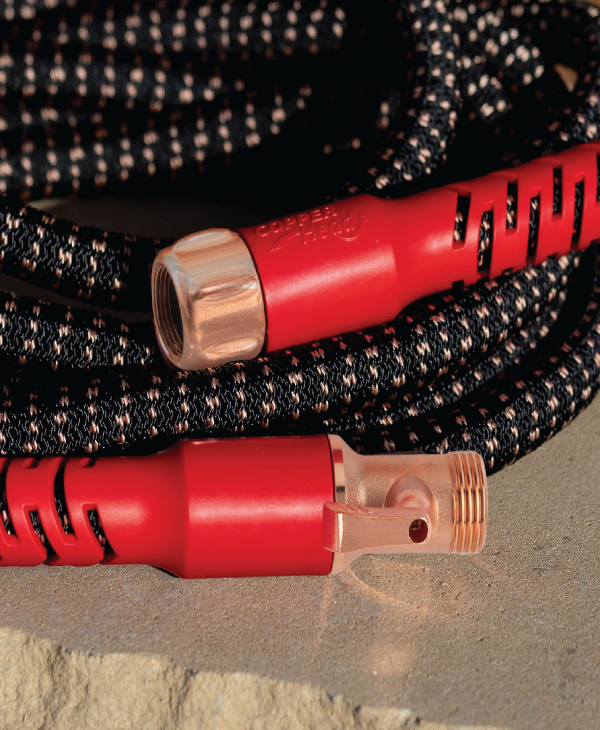
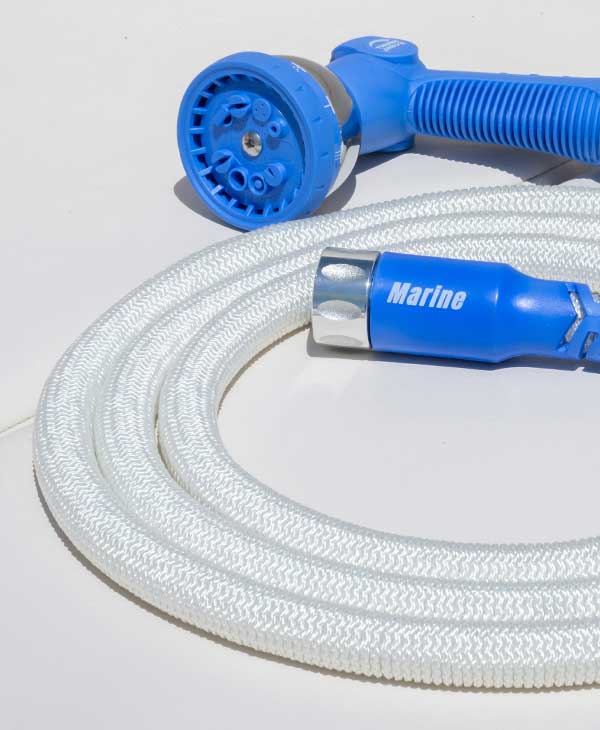
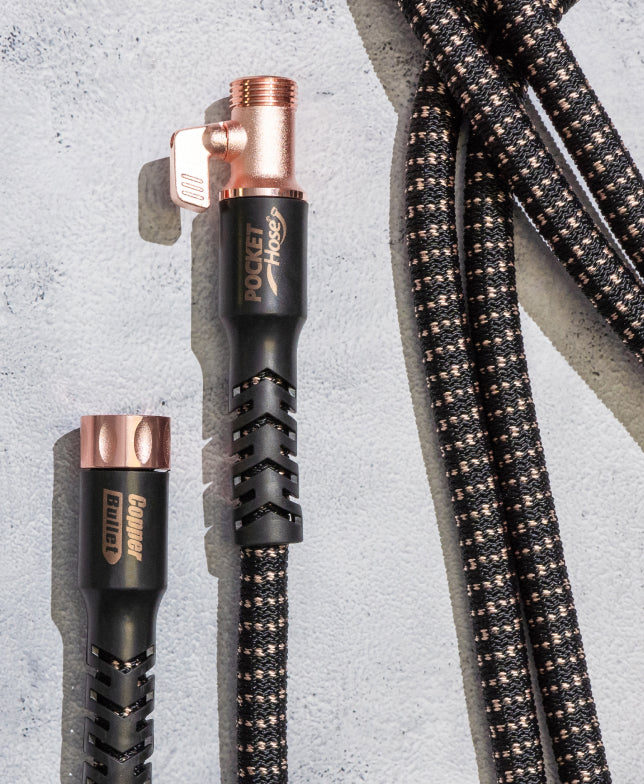
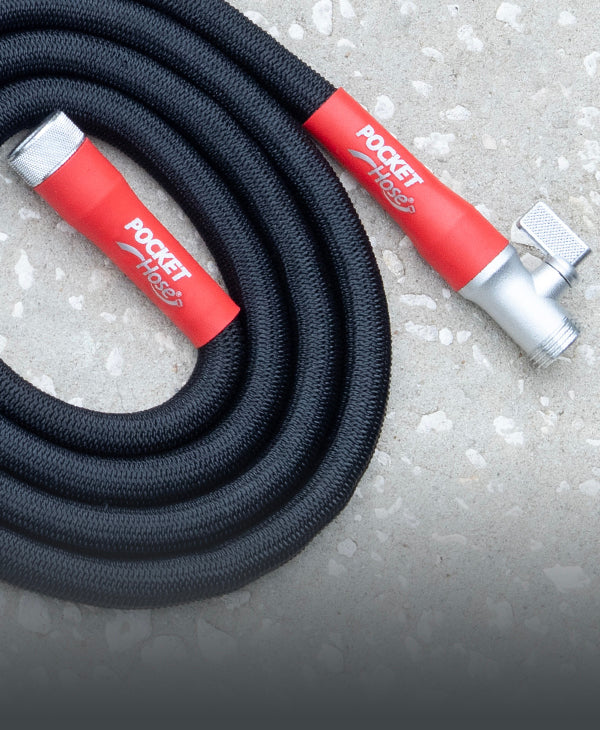
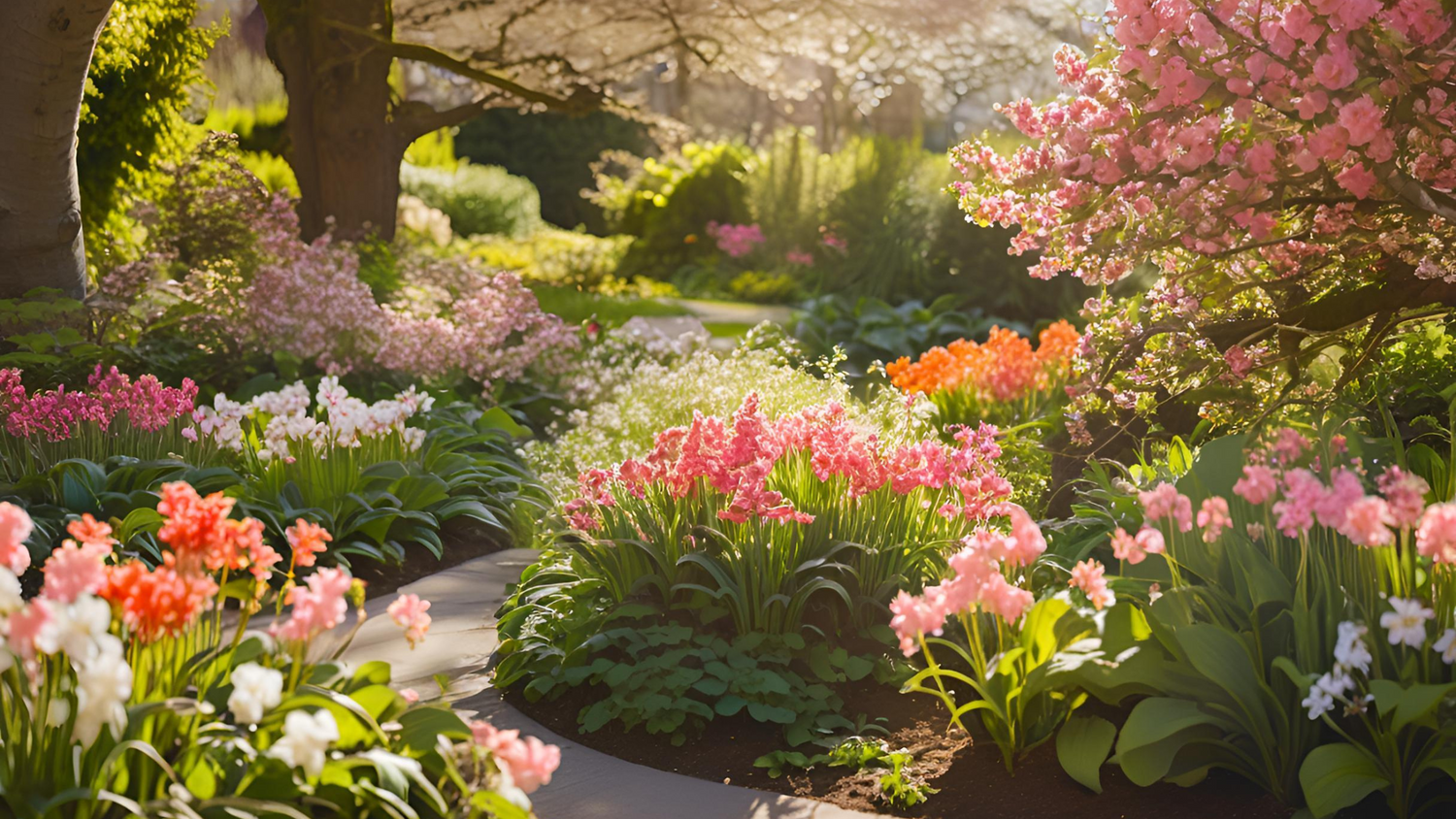
Leave a comment
This site is protected by hCaptcha and the hCaptcha Privacy Policy and Terms of Service apply.